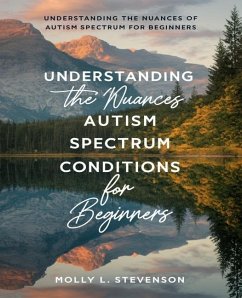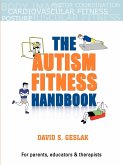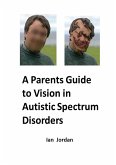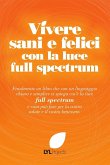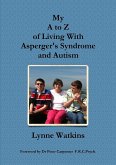Understanding autism spectrum conditions can be a complex journey, filled with nuances that often go unnoticed. As someone who has spent time with individuals on the spectrum, I've come to appreciate the rich diversity within these experiences. The distinction between Asperger's syndrome and broader autism spectrum disorders is particularly fascinating, and it highlights how unique each person's experience can be. Asperger's syndrome, once considered a separate diagnosis, is now classified under the broader umbrella of autism spectrum disorder (ASD). This shift reflects a growing understanding that autism exists on a continuum, and the traits associated with Asperger's can be found in varying degrees across the spectrum. Individuals with Asperger's often exhibit average or above-average intelligence and have strong verbal skills, yet they may struggle with social interactions and understanding non-verbal cues. I've met individuals who can recite facts about their favorite subjects with incredible detail, yet find it challenging to engage in casual conversations. It's a reminder that intelligence and social skills don't always align. In contrast, those diagnosed with more severe forms of autism may face greater challenges with communication and daily living skills. I recall a friend whose son is non-verbal and requires significant support. Their family navigates a different set of challenges, focusing on communication through alternative methods like picture exchange systems or assistive technology. It's heartwarming to see how they've adapted, using tools that help bridge the gap between their son's thoughts and the outside world. What strikes me is the importance of understanding these distinctions not just for diagnostic purposes but for fostering empathy and support. Each individual on the spectrum has their own strengths and challenges. For instance, I once attended a workshop where adults with autism shared their experiences. One participant, a software developer, spoke passionately about how his attention to detail helped him excel in his job. It was a powerful reminder that what might be seen as a challenge in one context can be a strength in another. Moreover, the conversation around autism is evolving. There's a growing recognition of neurodiversity, which celebrates the differences in brain functioning as natural variations of human experience rather than deficits to be fixed. This perspective resonates with me, as I believe that embracing diversity in all its forms enriches our communities. As we continue to learn and adapt, it's crucial to listen to the voices of those on the spectrum. Their insights can guide us in creating inclusive environments, whether in schools, workplaces, or social settings. I've seen firsthand how small adjustments, like providing clear instructions or allowing for sensory breaks, can make a significant difference in someone's comfort and ability to thrive. In conclusion, understanding the nuances of autism spectrum conditions requires an open mind and a willingness to embrace complexity. The distinctions between Asperger's and broader autism realities remind us that each person is unique, deserving of respect and support. As we move forward, let's commit to fostering an inclusive society that values the contributions of all individuals, regardless of where they fall on the spectrum.
Bitte wählen Sie Ihr Anliegen aus.
Rechnungen
Retourenschein anfordern
Bestellstatus
Storno

